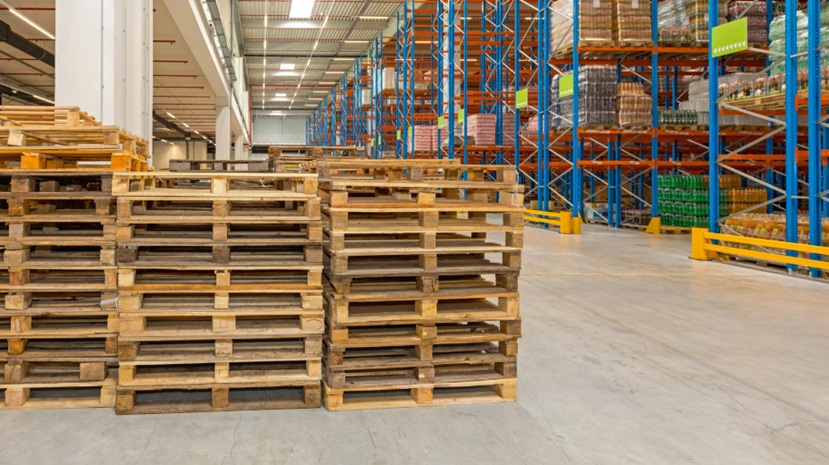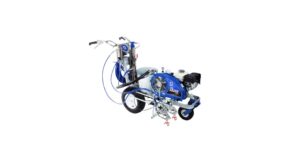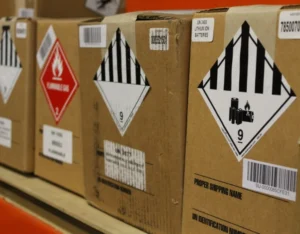How to Choose the Right Palletizing System for Your Product

Selecting the right palletizing system can significantly impact your warehouse efficiency, product protection, and bottom line. The ideal system depends on your product type, volume, packaging style, and facility layout. Making an informed choice helps prevent damage, reduce labor costs, and streamline operations. Before committing to a solution, it’s essential to understand the distinctions between manual, semi-automatic, and robotic palletizing systems and how they integrate with professional palletizing service providers for ongoing support and customization.
Factors to Consider Before Choosing a Palletizing System
Each palletizing system has its own set of benefits and limitations. Before making a decision, you need to evaluate production speed requirements, footprint constraints, and safety considerations.
Product Type and Packaging Format
The size, shape, and weight of your products play a vital role in selecting the right system. Uniform products are often best suited to robotic or semi-automatic systems that can quickly stack them without manual intervention. Oddly shaped or fragile items may require custom grippers or end-of-arm tooling to avoid damage during stacking.
Space and Layout
Your warehouse layout will affect your system choice. Smaller facilities may benefit from compact robotic arms that work within a tight radius. If space is not an issue, conveyor-based systems can handle higher volumes with less need for operator intervention.
Cost and Scalability
Initial investment, maintenance, and scalability are key considerations. While robotic systems may have a higher upfront cost, they offer faster ROI through increased speed and reliability. For businesses planning to scale operations, modular systems can be expanded as demand grows.
Choosing Between Wood and Plastic Pallets
While palletizing systems focus on automation and efficiency, the type of pallet you use can impact both compatibility and compliance. In many industries, deciding between plastic pallets and wood pallets comes down to hygiene, reusability, and durability. Plastic pallets offer better resistance to moisture and are often used in food and pharmaceutical environments. In contrast, wood pallets remain cost-effective and easily repairable, making them popular for general shipping needs.
Understanding Regulations in International Shipping
When shipping products across borders, understanding international regulations for shipping wood pallets is essential. Certain countries require treated or certified wood pallets to prevent the spread of pests and diseases. Non-compliance can result in delays or rejections at customs. Businesses involved in international trade must ensure their pallet choices meet ISPM-15 and other relevant standards.
Professional Integration and Maintenance
Implementing a palletizing system isn’t a one-time setup; it involves continuous calibration, employee training, and maintenance to ensure optimal operation. Partnering with a professional service provider gives you access to ongoing technical support, customization options, and system upgrades as your business grows. A reliable partner will help you maximize your return on investment while ensuring your palletizing system remains aligned with production goals.
Conclusion
Choosing the right palletizing system is not just about automation; it’s about aligning technology with your unique product needs, space constraints, and long-term business goals. From evaluating pallet materials to understanding international shipping requirements, each decision influences how effectively your supply chain operates. Working with experienced professionals ensures that your palletizing investment supports efficiency, safety, and compliance every step of the way.








